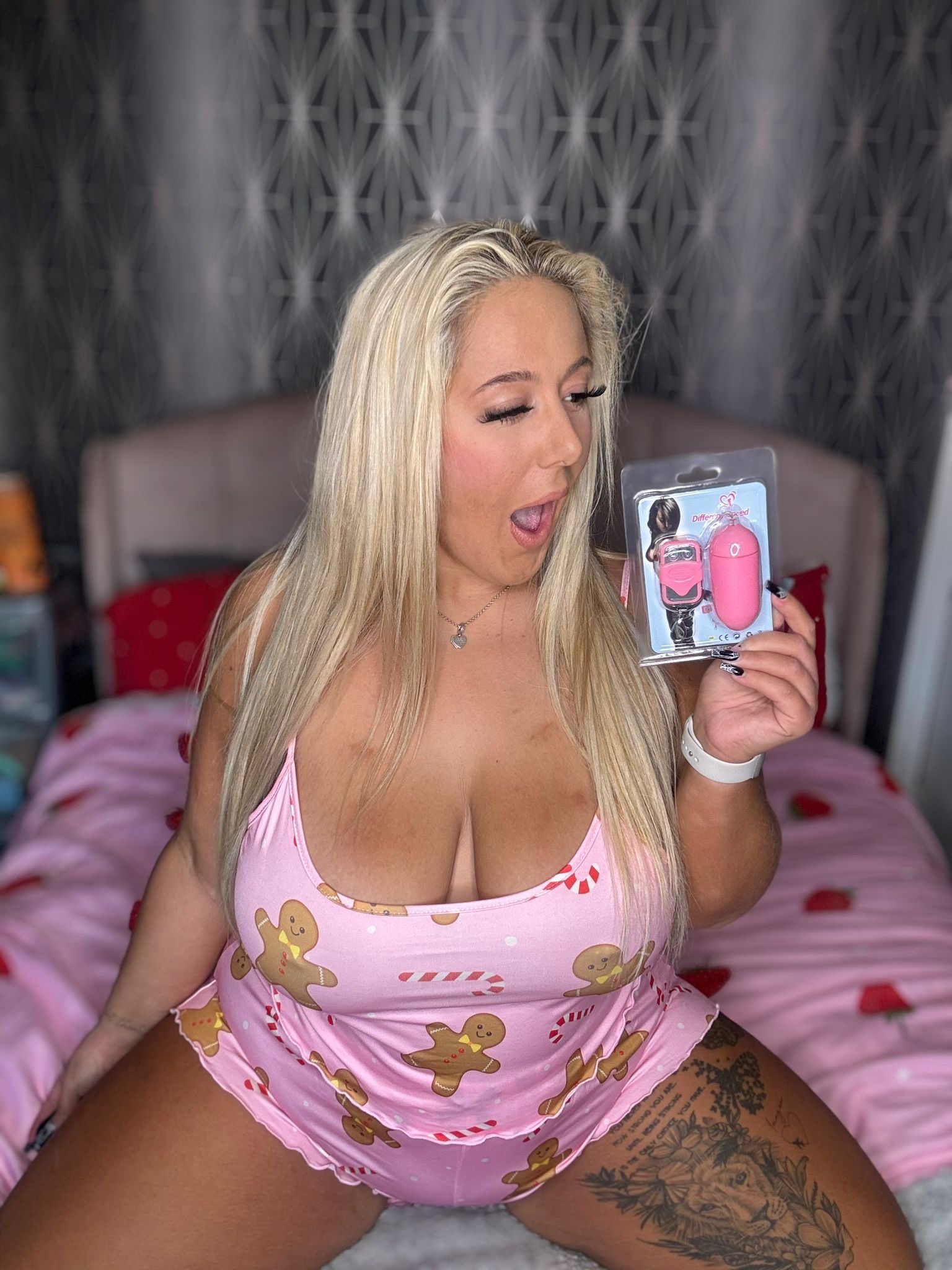What’s the Deal with Demigender?
Demigender describes a gender identity that partially aligns with one or more genders, but not fully.
Imagine the gender spectrum as a rainbow. A person who is fully cisgender would be standing firmly at a specific color on that spectrum—let’s say, red, which represents male. A transgender person might feel their true gender identity lies at another color, like blue (female). Demigender identities fall somewhere in between.
Someone who identifies as demi-male, for instance, experiences some aspects of masculinity but doesn’t fully identify as male.
They might feel partially masculine, while also feeling a connection to other genders or no gender at all.
Similarly, someone who is demi-female would experience some aspects of femininity but not entirely align with the female gender identity.
It’s important to understand that demigender isn’t just about how strongly someone identifies with a certain gender; it’s about the feeling of partial alignment.
This can vary greatly from person to person. Some might feel like they are 50% one gender and 50% another, while others might experience their gender identity as more fluid or shifting.

Demigender encompasses a wide range of identities, including demibinary (partially male or female), demiboy (partly boy and partly not), demigirl (partly girl and partly not), and many more.
The key takeaway is that demigender experiences are unique to each individual and should be respected as valid expressions of gender identity.
Demigender describes a fascinating facet of gender identity where an individual partially identifies with one gender while simultaneously feeling disconnected from that gender in some way.

Imagine dipping your toe into a pool – you feel the water, experience its coolness, but you haven’t fully submerged yourself. Similarly, demigender individuals resonate with aspects of a specific gender but don’t feel a complete and total alignment with it.
This can manifest in various ways:
-
Some demigenders may experience their gender identity as fluctuating between feeling more or less connected to that gender at different times.
-
Others might identify with certain aspects of a gender, like the social roles or expressions associated with it, but not necessarily feel it defines their core sense of self.
-
A demigender person’s experience can be unique and personal, varying greatly from individual to individual.
It’s important to understand that demigender is not a “stepping stone” to another gender identity. It is a valid and distinct experience in its own right.
Like all identities on the gender spectrum, demigender experiences are diverse and personal, encompassing a wide range of feelings, expressions, and understandings.
Demigender is a gender identity that describes individuals who partially identify with one gender and partially with another, or partially with no gender. It’s a nuanced experience that falls on a spectrum alongside other gender identities.
Imagine a spectrum where completely identifying as male is on one end and completely identifying as female is on the other. Demigender individuals might fall somewhere in between these extremes, experiencing their gender identity as partially aligned with either male or female, or perhaps with neither.

For example, someone who identifies as demigirl might feel mostly female but not entirely, while someone who identifies as demiboy might experience a partial connection to masculinity.
The specific experiences and expressions of demigender individuals vary greatly. Some may outwardly express their gender in ways that align with their partially identified gender, while others may express themselves in more fluid or non-conforming ways.
It’s important to remember that demigender is a personal experience and understanding each individual’s unique journey is crucial.
Demigender can be understood as existing on the spectrum alongside other gender identities, like agender (having no gender), bigender (identifying with two genders), genderfluid (experiencing shifts in gender identity), and non-binary (not identifying exclusively as male or female).
The beauty of this spectrum lies in its inclusivity and acknowledgment of the diversity of human experiences. It allows for a broader understanding and acceptance of individuals who may not fit neatly into traditional binary categories.
Demigender encompasses a diverse range of gender identities that fall between fully identifying as one gender and having no connection to any gender.
Imagine the gender spectrum as a wide, continuous line. Demigender sits somewhere along this line, not at a fixed point like male or female, but rather in the nuanced space between.
Someone erotic toys who identifies as demigender might feel a partial connection to one gender, such as masculinity or femininity, while also experiencing a lack of full identification with that gender.
For example, someone could identify as demimasculine, meaning they partially identify as masculine but not fully, or demifeminine, partially identifying as feminine.
The beauty of demigender is its fluidity and personalization. There’s no one-size-fits-all definition or experience.
Some individuals might feel closer to one gender on certain days or in specific situations, while others might experience a more consistent balance between genders.
It’s all about what feels authentic and reflects their individual understanding of themselves.
Why Do People Use It?
People use language to express themselves, connect with others, and make sense of the world around them.
Language is a powerful tool that can be used to define identities, share experiences, and build communities.
When it comes to gender identity, language plays a crucial role in how individuals understand and express themselves.
Demigender is a relatively new term that has emerged to describe a gender identity that is partially aligned with one or more genders.
For individuals who identify as demigender, the experience of gender can be fluid and multifaceted.
They may feel a partial connection to their assigned gender at birth, but also feel a distinct sense of difference or disconnect from it.
The term “demis” often denotes a partial identification with a specific gender.
For example, someone might identify as demiboy, meaning they partially identify as male but not fully.
Similarly, someone might identify as demigirl, partially identifying as female.
The use of language like “demis” allows individuals to express the nuances and complexities of their gender identity in a way that feels authentic and accurate to them.
Finding the right words to describe one’s gender identity can be a deeply personal and evolving process.
It’s important to create a space where individuals feel safe and supported in exploring and expressing their identities.
Demigender individuals identify partially with one gender, but not fully. They might feel a partial connection to a specific gender, like feeling more male than female or vice versa, but also experience a disconnect from that gender in some way.
This can be a complex experience, as it exists outside the traditional binary of male and female. For people who don’t resonate with these labels completely, demigender provides a framework to describe their unique identity.
It acknowledges that gender is not always black and white, and that individuals can have fluid or multifaceted experiences with their own gender.
The beauty of demigender is its inclusivity. It encompasses a wide range of experiences and expressions, recognizing that there are many different ways to be gender non-conforming.
It allows people to define their own terms and create a language that feels authentic to them, which is essential for self-acceptance and well-being.
Ultimately, demigender provides a space for individuals to celebrate the complexities of their identities and embrace the full spectrum of human experience.
See what this article explains
See the full explanation online
